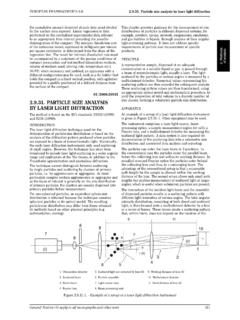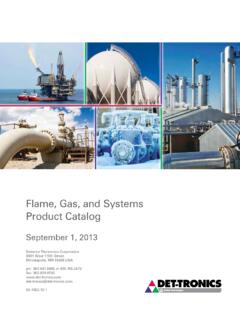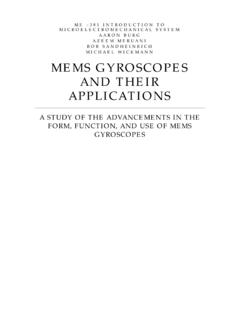Transcription of Measuring Laser Output Flux - Labsphere
1 Measuring Laser Output FluxDesignThe sphere is designed to measure flux introduced ontothe sphere wall and to respond equally to flux directedanywhere over a wide area of the sphere surface. CalibrationThe detector and sphere arecalibrated as a unit, using a source of known flux . This is usually achieved by a lamp standard of spectralirradiance at a preciselymeasured distance, througha precision aperture ofknown area. This provides a known quantity of flux into the sphere. The detector signal is scaled to this calibrating flux . For a sphere used to measure anarrowband source, such as a Laser , the calibrationsource is generally filtered to provide flux over a similar narrow band, in order toaccount for the spectral dependence of the sphere-detector combination. In the case of a sphere used tomeasure the flux from lasers of very different spectralranges, more than one calibration may be required.
2 SaturationOften, the power density of a Laser is high enough to saturate a directly illuminated detector. In an integrating sphere, the flux to the detector is typicallyno higher than about 5% of the flux entering thesphere, and can be designed to be as low as as great as -40dB (.01%) and greater areeasily achieved in a sphere while maintaining a stable, accurate the Output flux of a Laser with a simpledetector can present serious alignment problems. A small detector may be difficult to hit at all; a largerdetector may have non-uniform responsivity across itsface. A properly designed and calibrated integratingsphere-detector combination measures flux , and isextremely insensitive to alignment. Furthermore, the entire face of the detector is illuminated, eliminating problems with detector non-uniformity. In the figure below, the detector signal is the same for all three alignments Spectral MeasurementIn addition to Measuring flux , a second detector can be added to the sphere to simultaneously view thespectrum.
3 Since this spectral detector need not be calibrated for flux , it can be positioned nearly anywherein the sphere, as shown in the figure World Standard in Light MeasurementTo avoid saturation, flux in integrating spheres can bedesigned to be as low as an integrating sphere for Measuring the Output flux of a Laser can solvethree problems concurrently: flux Detector(Calibrated with Sphere)LaserLaserLaserFlux Detector(Calibrated with Sphere)231 Shaker Street, Box 70 North Sutton, NH 03260 T603-927-4266 saturation alignment simultaneous spectral measurementFiber toSpectrometerFlux Detector(Calibrated with Sphere) Laser




